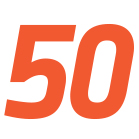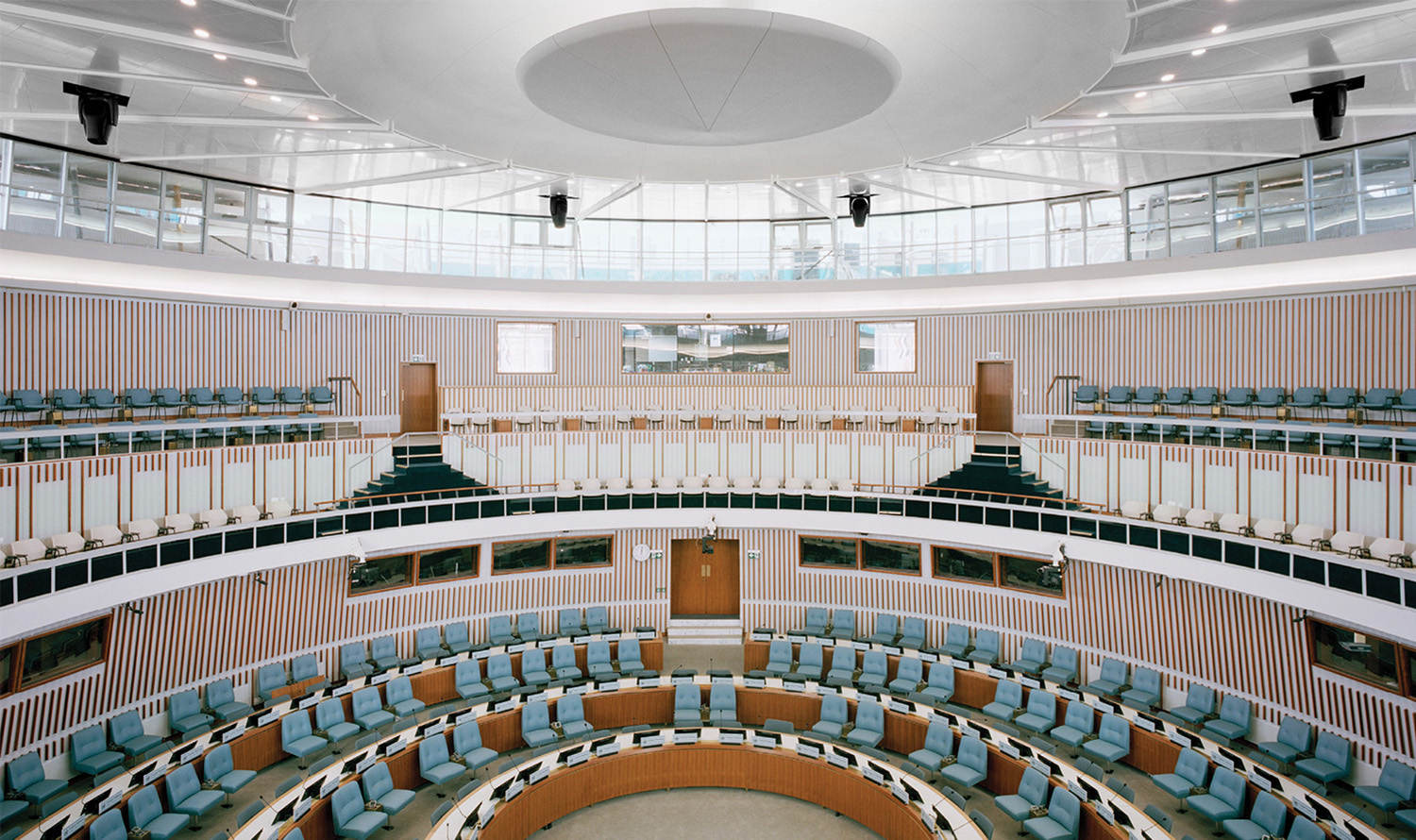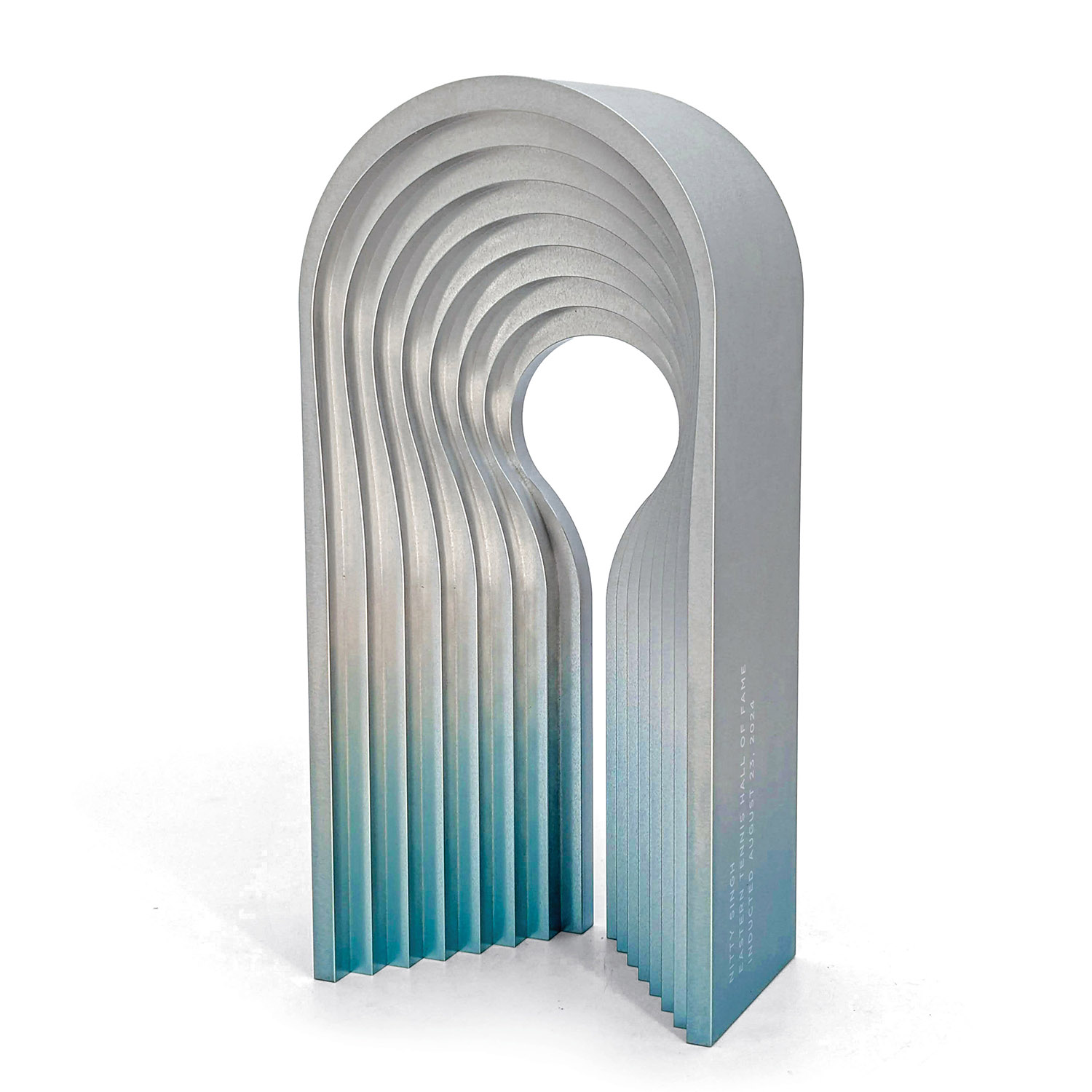Gensler Rehabs a Work Space for Microsoft in Washington
 Microsoft was already updating its 1986 campus in Redmond, Washington, when it enlisted Gensler to rehab a pair of three-story buildings housing its cloud computing division. Previous renovations had focused on breaking up private offices in a shift to a more collaborative open-space environment. But what the software company sought for B16 and B17 (as the buildings are known) was that and more: a visionary design to help lure and retain young talent. “The client wanted something no one had ever seen before, that would position them as a big player,” recalls lead designer Susana Covarrubias, a principal in Gensler’s Seattle office. “They wanted a wow factor.”
Microsoft was already updating its 1986 campus in Redmond, Washington, when it enlisted Gensler to rehab a pair of three-story buildings housing its cloud computing division. Previous renovations had focused on breaking up private offices in a shift to a more collaborative open-space environment. But what the software company sought for B16 and B17 (as the buildings are known) was that and more: a visionary design to help lure and retain young talent. “The client wanted something no one had ever seen before, that would position them as a big player,” recalls lead designer Susana Covarrubias, a principal in Gensler’s Seattle office. “They wanted a wow factor.”
And wow was just what they got, with a dynamic design of amenities and public spaces that references nature while harnessing cutting-edge interactive technology.
> See the project’s resources here
At the heart of each 156,000-square-foot building is a skylit atrium, both now reimagined as bustling hubs of activity. Before, the spaces were straightforward and rectilinear, with two narrow wings stretching in opposite directions. To connect the far-flung wings and bring unity to the overall scheme, the designers “hacked at” the orthogonal floor plans, Covarrubias explains, installing off-kilter walls that riff on the area’s signature rock formations. Staircases leading to a bridge that connects both buildings wind up the canyonlike expanses. Tucked into the resulting angles are custom banquettes, surfaced in rustic oak, that provide intimate enclaves.
Bordering the airy atrium are oak-clad conference rooms—no two alike—fractured by slim fissures evoking cracks in rocks. From the outside, the enclosures seem cavelike; inside, however, the rooms are anything but, with partial glass ceilings coaxing in sunlight from above.
Even the buildings’ ground levels, which are not open to the atriums, seem to be naturally illuminated thanks to recessed ceiling fixtures that mimic skylights. Translucent fabric stretched over metal frames diffuses light from LEDs, whose colors change throughout the day, from yellow to orange to red to purple to pink in one building, from blue to green to yellow in the other.
Cycling through the same color sequences are enormous fabric-sheathed cubes that hover like giant glowing lanterns over the lobbies. Hanging from beams and encasing stairs, the cubes are dramatic for their rotating hues and sheer size: 24 feet across. Each cube supports a digital screen displaying images attesting to the Pacific Northwest’s craggy beauty.
Microsoft’s Kinect technology (featured in its Xbox offerings) enables the screens to respond to movement. If someone ascends the stairs when a flock of birds appears, for instance, the birds might lift in flight while an audio system generates the sound of flapping wings. The installation, a collaboration with digital creative agency DK, adds an element of surprise to the experience of moving through the space while showcasing the client’s technological prowess—to a T.
Project Team:
Gensler: Chad Yoshinobu; Keith Neilsen; Tamara Preszaiar; Molly Addington; Setion Branko; Savanna Barker; Jeroen Teeuw; Yusuke Ito; John Stormont; Ryan Haines; Lewis Chu; Chelsea Kobza; Barry Zimmerman; Sarah Miracie; Julie Gunter; Mary Sorensen; Yukako Horiuchi; Rachel Boier; Ryan Blanchard; Karen Thomas; Alicia Wagner; Jefferey Segal. Lighting Consultant: Luma Lighting Design. Audiovisual Designers: Digital Kitchen; Compass Group North America. Structural Engineer: Coughlin Porter Lundeen. Acoustical Engineer: Stantec. Mechanical Engineer: Hargis Engineers. Electrical Engineer: Gerber Engineering. Woodwork: Custom Interiors. General Contractor: Gly Construction.


